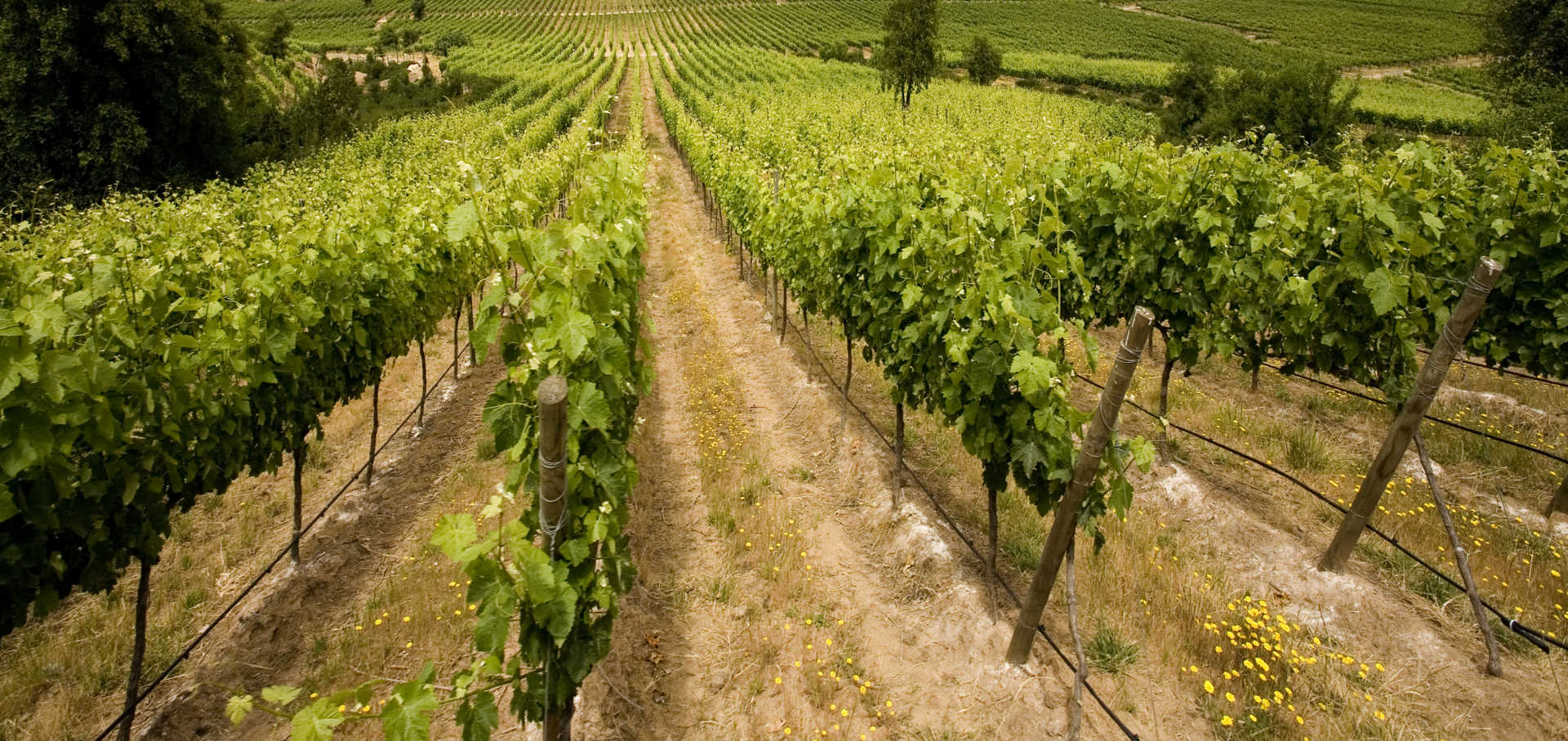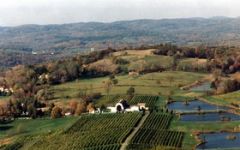Millbrook Tocai Friulano 2002

Product Details
Your Rating
Somm Note
Winemaker Notes
WINEMAKING NOTES: Cool fermentation and aging in stainless steel tanks were techniques utilized to preserve varietal character and freshness through the mid-palate and finish.
SENSORY EVALUATION: Full aromas of pear, pineapple, peach and tropical fruits are followed by prominent flavors of grapefruit and kiwi with a crisp, clean finish.
SERVING SUGGESTIONS: Asian cuisine, antipasto, shellfish



Thriving in the NE Italian region of Friuli-Venezia Giulia near the border of Slovenia, Friulano makes a uniquely high-pitched and vibrant white with a delicate perfume. Extensive in the area by the early 1930s, today Friulano grows in all of the best zones and is usually, but not always, bottled as a single-varietal wine. Somm Secret— The Friulano grown today, while named for its present home of Friuli, is actually the Sauvignonasse grape, a minor cultivar that came from Bordeaux.

Increasingly garnering widespread and well-deserved attention, New York ranks third in wine production in the United States (after California and Washington). Divided into six AVAs—the Finger Lakes, Lake Erie, Hudson River, Long Island, Champlain Valley of New York and the Niagara Escarpment, which crosses over into Michigan as well as Ontario, Canada—the state experiences varied climates, but in general summers are warm and humid while winters are very cold and can carry the risk of frost well into the growing season.
The Finger Lakes region has long been responsible for some of the country’s finest Riesling, and is gaining traction with elegant, light-bodied Pinot Noir and Cabernet Franc. Experimentation with cold-hardy European varieties is common, and recent years have seen the successful planting of grapes like Grüner Veltliner and Saperavi (from the Eastern European country of Georgia). Long Island, on the other hand, has a more maritime climate influenced by the Atlantic Ocean, and shares some viticultural characteristics with Bordeaux. Accordingly, the best wines here are made from Merlot and Cabernet Franc. The Niagara Escarpment is responsible for excellent ice wines, usually made from the hybrid variety, Vidal.
